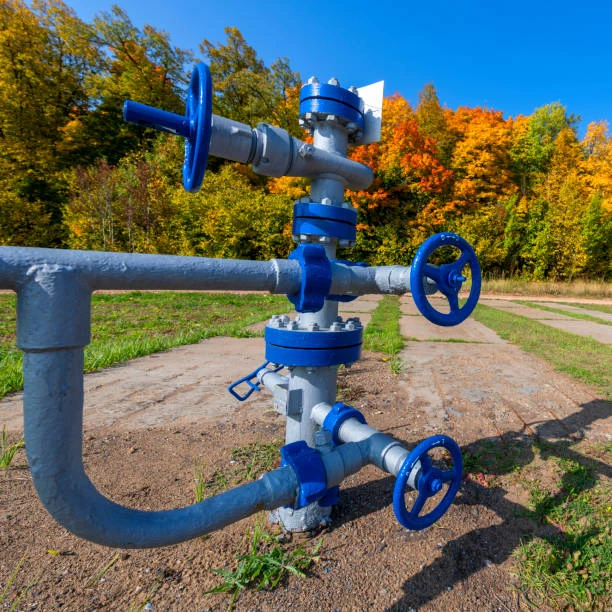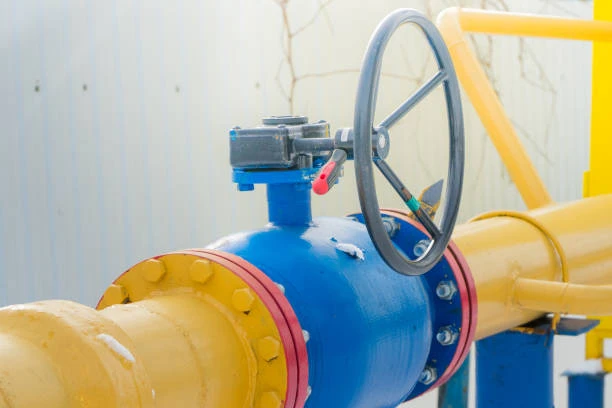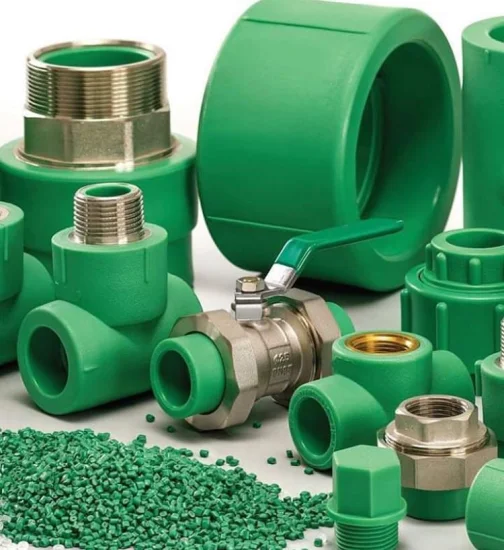The valve positioner market is expected to reach a significant size of USD 2.63 billion by 2033, according to a recent report by Straits Research. This rapid growth can be attributed to the increasing demand for automation in industries such as oil and gas, chemical manufacturing, and power generation. Among the various types of valve positioners, modular valves systems are gaining substantial traction. These systems offer flexibility, ease of installation, and maintenance, making them a preferred choice for many industries.
In this article, we will explore the valve positioner market, the role of modular valve systems in shaping its growth, and how technological advancements are pushing the boundaries of industrial automation.
What Is a Valve Positioner?
A valve positioner is a device used to control the position of a valve by adjusting its actuator to a required position based on an input signal. The primary purpose of a valve positioner is to maintain the accuracy of the valve’s movement, ensuring it operates precisely and efficiently. Valve positioners play a critical role in optimizing the control of various processes within industrial plants, such as regulating fluid flow, pressure, and temperature.
Valve positioners can be categorized into several types, including pneumatic, electronic, and modular valve positioners. Each of these types has unique features that cater to specific industry needs.
Modular Valve Positioners: A Game-Changer
One of the standout technologies in the valve positioner market is the modular valve positioner. A modular valve system integrates several components into a single, compact unit, offering increased flexibility and scalability. This system can be customized according to the specific requirements of a particular application, which is one of the reasons behind its growing popularity.
The modular valve positioner system typically consists of the following key components:
- Position Transducer: Monitors the valve position and converts mechanical motion into an electrical signal.
- Controller: Processes input signals and adjusts the actuator to the desired valve position.
- Actuator: Physically adjusts the valve’s position based on the controller’s signals.
The modular design allows industries to easily add or remove components as needed, which makes these systems highly adaptable to changing operational needs.

Factors Driving Market Growth
Several factors are contributing to the rapid growth of the valve positioner market, especially the modular valve systems. Let’s take a closer look at the key drivers:
1. Increasing Demand for Automation
Automation is one of the primary drivers of the valve positioner market. As industries such as oil and gas, pharmaceuticals, food and beverage, and chemicals seek to improve efficiency and reduce human intervention, the demand for automated systems has grown. Modular valve positioners are integral to this automation, as they allow for precise control of flow, pressure, and temperature in real-time.
2. Growing Industrialization in Emerging Economies
Countries in Asia-Pacific, the Middle East, and Africa are experiencing rapid industrial growth, creating a high demand for valve positioners. The increased focus on infrastructure development, power generation, and petrochemical industries is expected to further drive market growth in these regions.
3. Enhanced Efficiency and Reduced Downtime
Modular valve systems are designed to improve efficiency by enabling quicker response times and better control over the valve’s position. With modularity, industries can also reduce downtime by replacing individual components rather than entire systems, which leads to cost savings and minimal disruption.
4. Strict Regulatory Standards
Governments worldwide are imposing stricter regulations to ensure safety, environmental sustainability, and energy efficiency in industrial operations. Valve positioners, especially modular valve systems, help businesses comply with these standards by offering high precision and reliability.
Applications of Valve Positioners
Valve positioners, including modular valve systems, are used in various industrial applications, some of which include:
1. Oil and Gas Industry
In the oil and gas sector, valve positioners play a critical role in regulating the flow of liquids and gases. With modular valve systems, companies can enhance operational efficiency and reduce risks associated with improper valve control, especially in high-pressure environments.
2. Power Generation
In power plants, the efficient regulation of steam and water flow is essential for maintaining optimal operations. Valve positioners are used to control the position of valves in boilers, turbines, and cooling systems. Modular valve systems offer flexibility in handling different types of control processes.
3. Chemical Manufacturing
The chemical industry requires precise flow control to ensure the accurate mixing of chemicals. Valve positioners, especially modular valve positioners, are crucial in controlling the flow of raw materials, ensuring consistency and quality in the final products.
4. Water Treatment Plants
Valves positioners are also commonly used in water treatment plants to control the flow of water and chemicals in the filtration and purification processes. Modular valve positioners provide the flexibility needed for various applications, such as adjusting pH levels or controlling the dosage of chemicals.
Technological Advancements in Valves Positioners
The valve positioner market has witnessed several technological innovations in recent years, making the systems more efficient and reliable. Some of these advancements include:
- Wireless Communication: Modern valves positioners are equipped with wireless communication capabilities, enabling remote monitoring and control. This feature helps industries save on installation costs and improves operational safety.
- Smart Positioners: Smart valves positioners integrate advanced diagnostics and data analytics capabilities, providing real-time insights into the performance of valve systems. This helps to predict maintenance needs, minimize downtime, and improve the overall system performance.
- Energy-Efficient Designs: As energy conservation becomes increasingly important, valves positioners are being designed to consume less power, leading to lower operating costs.
Challenges in the Valve Positioner Market
Despite the promising growth prospects, the valve positioner market faces a few challenges. These include:
1. High Initial Cost
The initial investment in valve positioners, especially modular valves systems, can be high, which may deter smaller companies from adopting these technologies. However, the long-term benefits of reduced downtime, improved efficiency, and lower maintenance costs often outweigh the initial costs.
2. Complex Maintenance
While modular valves systems are easier to maintain than traditional valve positioners, they still require specialized knowledge and training for proper installation and upkeep. Companies may need to invest in workforce training to ensure smooth operations.
3. Technological Integration
Integrating new valves positioner systems into existing infrastructure can be complex, especially in older industrial plants. It requires careful planning and may involve additional costs for retrofitting equipment.
The Future of the Valve Positioner Market
The valve positioner market is poised for significant growth, driven by the rising demand for automation, the shift toward modular systems, and ongoing technological advancements. As industries continue to embrace Industry 4.0 and digitalization, modular valves systems will become increasingly integral to the future of industrial operations.
The shift toward smarter, more efficient systems that offer scalability and flexibility is clear. By 2033, the valve positioner market is expected to reach a value of USD 2.63 billion, with the demand for modular valves positioners continuing to rise across a wide range of industries.
Frequently Asked Questions (FAQs)
- What is a modular valves positioner?
A modular valve positioner is a flexible and scalable system used to control the position of a valve in industrial applications. It is design with interchangeable components, which makes it easier to customize and maintain. - What industries use valves positioners?
Valve positioners are widely useful in industries such as oil and gas, power generation, chemical manufacturing, water treatment, and pharmaceuticals. - Why are modular valves systems gaining popularity?
Modular valve systems are popular because they offer increased flexibility, scalability, and ease of maintenance. They allow industries to adjust their valve control systems according to changing needs without the need for complete system overhauls. - What are the benefits of using valves positioners?
Valve positioners improve process efficiency, reduce downtime, and ensure precise control of fluid, pressure, and temperature. They are essential for automation and help industries comply with regulatory standards. - What are the key challenges in the valves positioner market?
The key challenges include the high initial cost of installation, the complexity of maintenance. And the difficulty of integrating new valve positioners into older industrial systems. However, the long-term benefits often outweigh these challenges.


















